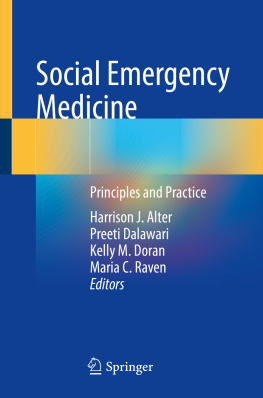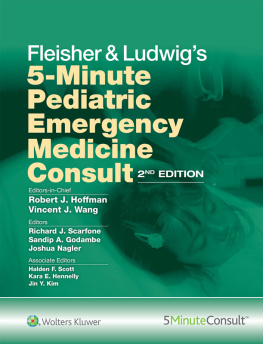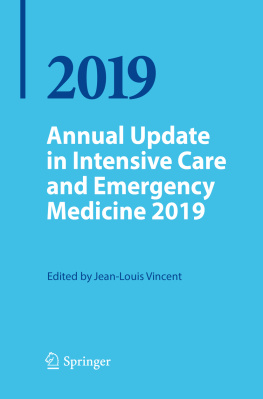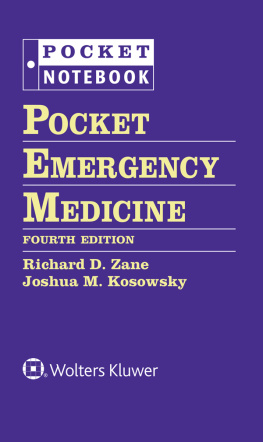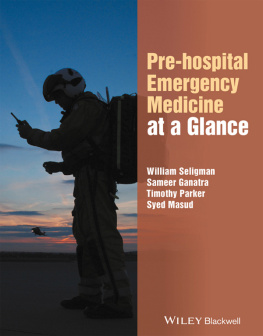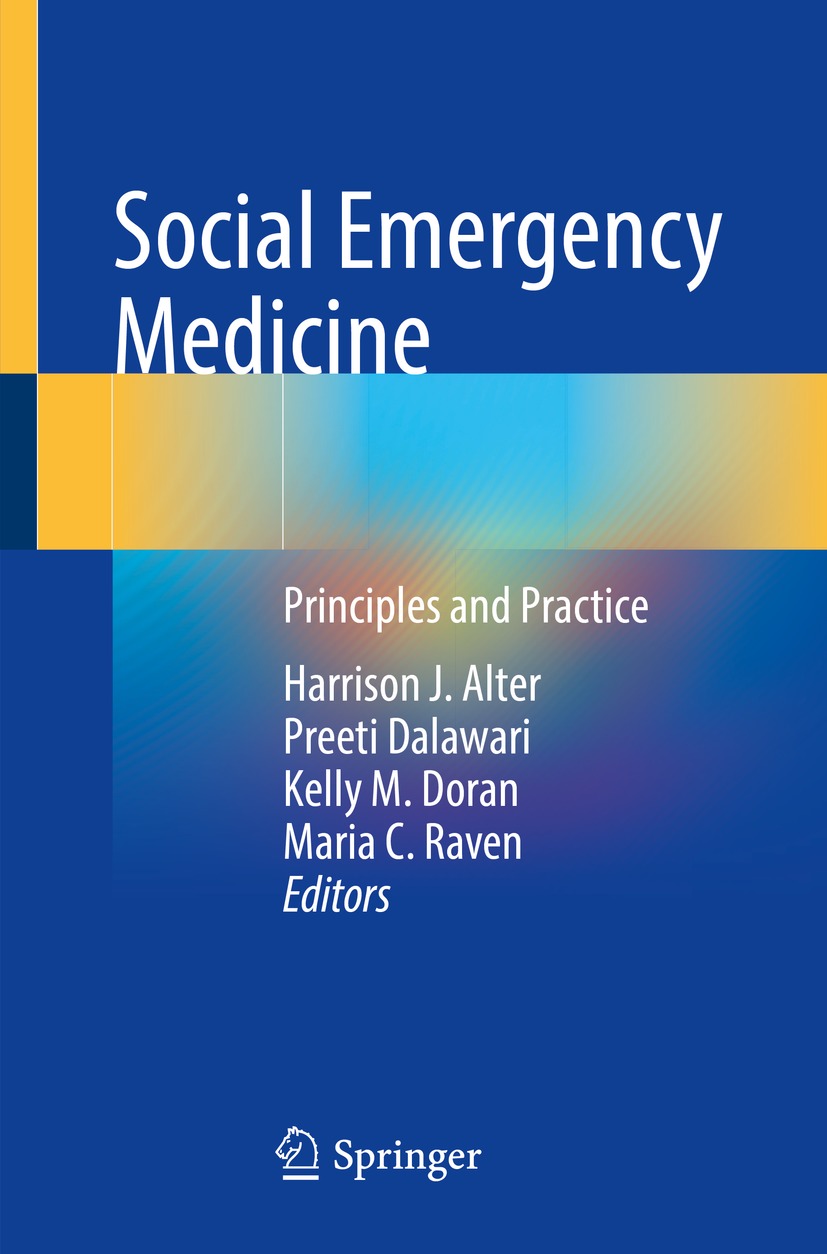Harrison J. Alter - Social Emergency Medicine: Principles and Practice
Here you can read online Harrison J. Alter - Social Emergency Medicine: Principles and Practice full text of the book (entire story) in english for free. Download pdf and epub, get meaning, cover and reviews about this ebook. year: 2021, publisher: Springer, genre: Politics. Description of the work, (preface) as well as reviews are available. Best literature library LitArk.com created for fans of good reading and offers a wide selection of genres:
Romance novel
Science fiction
Adventure
Detective
Science
History
Home and family
Prose
Art
Politics
Computer
Non-fiction
Religion
Business
Children
Humor
Choose a favorite category and find really read worthwhile books. Enjoy immersion in the world of imagination, feel the emotions of the characters or learn something new for yourself, make an fascinating discovery.
- Book:Social Emergency Medicine: Principles and Practice
- Author:
- Publisher:Springer
- Genre:
- Year:2021
- Rating:3 / 5
- Favourites:Add to favourites
- Your mark:
Social Emergency Medicine: Principles and Practice: summary, description and annotation
We offer to read an annotation, description, summary or preface (depends on what the author of the book "Social Emergency Medicine: Principles and Practice" wrote himself). If you haven't found the necessary information about the book — write in the comments, we will try to find it.
Social Emergency Medicine incorporates consideration of patients social needs and larger structural context into the practice of emergency care and related research. In doing so, the field explores the interplay of social forces and the emergency care system as they influence the well-being of individual patients and the broader community. Social Emergency Medicine recognizes that in many cases typical fixes such as prescriptions and follow-up visits are not enough; the need for housing, a safe neighborhood in which to exercise or socialize, or access to healthy food must be identified and addressed before patients health can be restored. While interest in the subject is growing rapidly, the field of Social Emergency Medicine to date has lacked a foundational text a gap this book seeks to fill.
This book includes foundational chapters on the salience of racism, gender and gender identity, immigration, language and literacy, and neighborhood to emergency care. It provides readers with knowledge and resources to assess and assist emergency department patients with social needs including but not limited to housing, food, economic opportunity, and transportation. Core emergency medicine content areas including violence and substance use are covered uniquely through the lens of Social Emergency Medicine. Each chapter provides background and research, implications and recommendations for practice from the bedside to the hospital/healthcare system and beyond, and case studies for teaching. Social Emergency Medicine: Principles and Practice is an essential resource for physicians and physician assistants, residents, medical students, nurses and nurse practitioners, social workers, hospital administrators, and other professionals who recognize that high-quality emergency care extends beyond the ambulance bay.Harrison J. Alter: author's other books
Who wrote Social Emergency Medicine: Principles and Practice? Find out the surname, the name of the author of the book and a list of all author's works by series.

